|
Your search criteria found 1432 images Feature Name |
| My List |
Addition Date |
Target
|
Mission | Instrument | Size |

|
1997-01-15 | 1930x2440x3 | |||

|
|||||

|
1999-05-03 | 2000x2445x3 | |||

|
|||||

|
2000-11-06 | 4206x3306x3 | |||
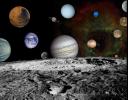
|
|||||

|
2001-03-29 | 4500x5600x3 | |||

|
|||||

|
2006-10-12 |
Spitzer Space Telescope |
2400x3200x3 | ||

|
|||||

|
2011-09-15 |
Kepler |
3000x2400x3 | ||
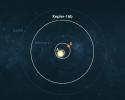
|
|||||

|
2011-12-20 |
MESSENGER |
MDIS - Wide Angle |
671x671x1 | |
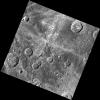
|
|||||

|
2011-12-21 |
MESSENGER |
MDIS - Narrow Angle |
1325x1324x1 | |
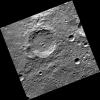
|
|||||

|
2011-12-22 |
MESSENGER |
MDIS - Narrow Angle |
1263x1262x1 | |
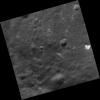
|
|||||

|
2012-05-08 |
Spitzer Space Telescope |
3000x2400x3 | ||
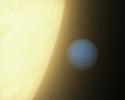
|
|||||

|
2012-05-08 |
Spitzer Space Telescope |
1916x1076x3 | ||
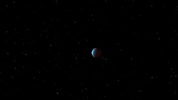
|
|||||

|
2012-05-16 |
Wide-field Infrared Survey Explorer (WISE) |
WISE Telescope |
2016x2016x3 | |
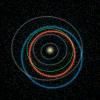
|
|||||

|
2012-05-21 |
Kepler |
1500x1200x3 | ||
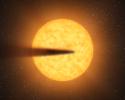
|
|||||

|
2012-10-25 |
MESSENGER |
MDIS - Narrow Angle |
1108x1108x1 | |
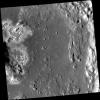
|
|||||

|
2012-12-03 |
MESSENGER |
MLA |
580x327x3 | |
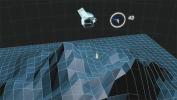
|
|||||

|
2012-12-03 |
MESSENGER |
MLA |
580x325x1 | |
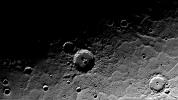
|
|||||

|
2013-02-20 |
Kepler |
1067x600x3 | ||
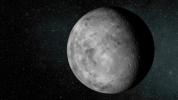
|
|||||

|
2013-02-20 |
Kepler |
3600x1895x3 | ||
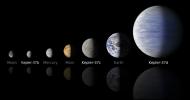
|
|||||

|
2013-04-15 |
NEOCam |
NEOCam Sensor |
2160x1439x3 | |
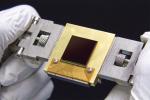
|
|||||

|
2014-07-23 |
Kepler Spitzer Space Telescope |
3300x2400x3 | ||
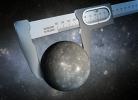
|
|||||

|
2015-07-23 |
Kepler |
3400x2400x3 | ||
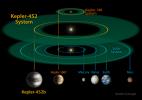
|
|||||

|
2016-06-20 |
Kepler |
4294x2415x3 | ||
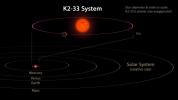
|
|||||

|
2016-07-18 |
Kepler |
1800x1050x3 | ||
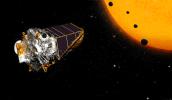
|
|||||

|
2017-02-22 |
Spitzer Space Telescope |
TRAPPIST |
6000x3375x3 | |

|
|||||

|
2017-02-22 |
Spitzer Space Telescope |
TRAPPIST |
4500x3600x3 | |
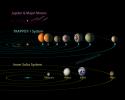
|
|||||

|
2017-02-22 |
Spitzer Space Telescope |
TRAPPIST |
3600x4500x3 | |

|
|||||

|
2017-12-13 |
MAVEN |
1920x1080x3 | ||
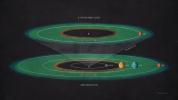
|
|||||

|
2018-02-05 |
Spitzer Space Telescope |
TRAPPIST |
6000x3500x3 | |
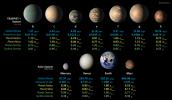
|
|||||

|
2018-02-05 |
Spitzer Space Telescope |
TRAPPIST |
4500x3600x3 | |
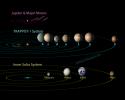
|
|||||

|
2021-01-22 | 4800x2700x3 | |||
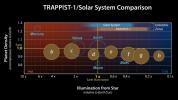
|
|||||

|
2023-08-02 |
Cooperative Autonomous Distributed Robotic Exploration (CADRE) |
8192x4608x3 | ||
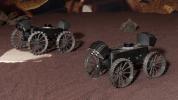
|
|||||

|
2016-04-05 | Asteroid |
NEOWISE |
NEOWISE Telescope |
1230x923x3 |
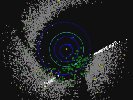
|
|||||

|
2017-06-05 | Asteroid |
NEOWISE |
NEOWISE Telescope |
835x835x3 |
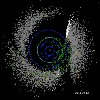
|
|||||

|
2022-04-04 | Asteroid |
Psyche |
16000x9000x3 | |
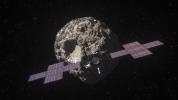
|
|||||

|
1996-09-26 | Callisto |
Voyager |
VG ISS - Narrow Angle |
800x800x3 |
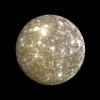
|
|||||

|
1999-03-15 | Callisto |
Voyager |
VG ISS - Narrow Angle |
300x300x3 |
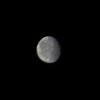
|
|||||

|
2000-05-25 | Callisto |
Voyager |
VG ISS - Narrow Angle |
797x797x1 |
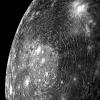
|
|||||

|
2001-11-29 | Callisto |
Galileo |
Solid-State Imaging |
1280x774x1 |
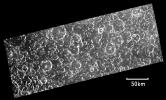
|
|||||

|
2013-11-14 | Comet |
MESSENGER |
MDIS - Wide Angle |
2300x1150x3 |
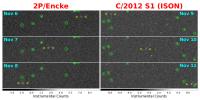
|
|||||

|
2013-11-25 | Comet |
MESSENGER |
MDIS - Wide Angle |
656x453x1 |
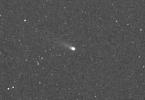
|
|||||

|
2013-11-25 | Comet |
MESSENGER |
MDIS - Wide Angle |
656x453x1 |
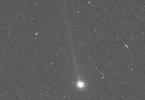
|
|||||

|
2015-01-13 | Comet |
NEOWISE |
NEOWISE Telescope |
1280x720x3 |
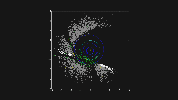
|
|||||

|
1996-09-13 | Earth |
Voyager |
VG ISS - Narrow Angle |
620x500x3 |
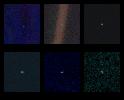
|
|||||

|
1999-12-21 | Earth |
Mariner Venus Mercury (Mariner 10) |
922x749x3 | |
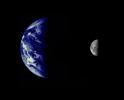
|
|||||

|
2003-05-22 | Earth |
Mars Global Surveyor (MGS) |
Mars Orbiter Camera (MOC) |
961x961x3 |
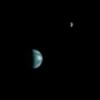
|
|||||

|
2006-09-01 | Earth |
Terra |
ASTER |
2176x3416x3 |

|
|||||

|
2005-08-02 | Earth |
MESSENGER |
MDIS - Wide Angle |
507x507x3 |
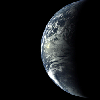
|
|||||

|
2005-08-02 | Earth |
MESSENGER |
MDIS - Wide Angle |
4500x2238x3 |
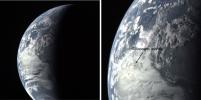
|
|||||

|
2005-08-02 | Earth |
MESSENGER |
MDIS - Wide Angle |
2060x1024x3 |
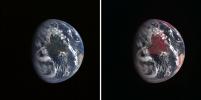
|
|||||

|
2010-08-17 | Earth |
MESSENGER |
MDIS - Wide Angle |
1018x1024x1 |

|
|||||

|
2013-07-22 | Earth |
MESSENGER |
MDIS - Wide Angle |
1024x1380x3 |

|
|||||

|
2013-10-18 | Earth |
MESSENGER |
MDIS - Wide Angle |
1024x1024x1 |
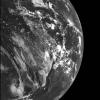
|
|||||

|
2011-12-01 | Enceladus |
Cassini-Huygens |
Synthetic-Aperture Radar (SAR) |
602x572x3 |
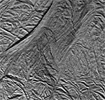
|
|||||

|
1999-06-16 | Europa |
Voyager |
VG ISS - Narrow Angle |
450x450x3 |
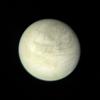
|
|||||

|
1996-07-17 | Ganymede |
Voyager |
VG ISS - Narrow Angle |
300x300x1 |
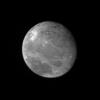
|
|||||

|
1996-07-17 | Ganymede |
Voyager |
VG ISS - Narrow Angle |
300x300x3 |
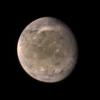
|
|||||

|
1997-11-18 | Ganymede |
Galileo |
Solid-State Imaging |
400x400x1 |
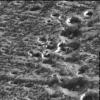
|
|||||

|
1999-07-23 | Ganymede |
Voyager |
VG ISS - Narrow Angle |
100x100x3 |
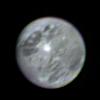
|
|||||

|
2009-08-10 | HD 172555 |
Spitzer Space Telescope |
3000x2400x3 | |
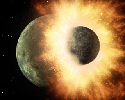
|
|||||

|
2007-05-09 | HD 189733b |
Spitzer Space Telescope |
IRAC |
640x473x3 |
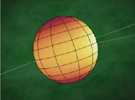
|
|||||

|
2008-03-27 | HD 189733b |
Hubble Space Telescope |
NICMOS |
4000x3000x3 |
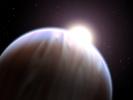
|
|||||

|
1996-01-29 | Io |
Voyager |
1160x1160x3 | |
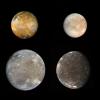
|
|||||

|
1998-05-08 | Io |
Galileo |
Solid-State Imaging |
1927x619x3 |

|
|||||

|
1999-03-13 | Io |
Voyager |
VG ISS - Narrow Angle |
783x930x3 |

|
|||||

|
2000-11-06 | Jupiter |
Cassini-Huygens |
ISS - Narrow Angle |
889x859x1 |
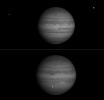
|
|||||

|
2000-12-06 | Jupiter |
Cassini-Huygens |
ISS - Narrow Angle |
559x553x3 |
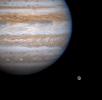
|
|||||

|
2000-12-23 | Jupiter |
Cassini-Huygens |
Imaging Science Subsystem |
747x731x3 |
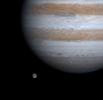
|
|||||

|
2003-05-22 | Jupiter |
Mars Global Surveyor (MGS) |
Mars Orbiter Camera (MOC) |
4655x961x3 |

|
|||||

|
2007-04-02 | Jupiter |
New Horizons |
LORRI |
850x512x1 |
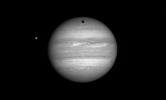
|
|||||

|
2007-04-02 | Jupiter |
New Horizons |
LORRI |
850x512x1 |
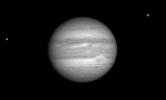
|
|||||

|
2007-04-02 | Jupiter |
New Horizons |
LORRI |
899x596x1 |
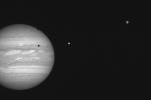
|
|||||

|
2007-04-02 | Jupiter |
New Horizons |
LORRI |
1440x480x1 |
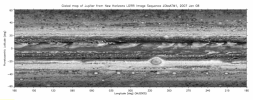
|
|||||

|
2020-01-09 | Jupiter |
Juno |
JunoCam |
1600x400x3 |

|
|||||

|
2022-02-22 | Jupiter |
Juno |
JunoCam |
3012x3012x3 |
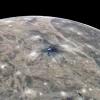
|
|||||

|
2011-12-20 | Kepler-20 |
Kepler |
1280x720x3 | |
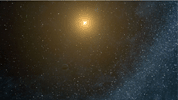
|
|||||

|
2011-12-20 | Kepler-20 |
Kepler |
4264x2400x3 | |
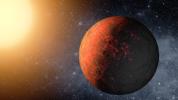
|
|||||

|
2002-06-04 | Mars |
2001 Mars Odyssey |
THEMIS |
1233x2989x1 |
|
|
|||||

|
2003-05-28 | Mars |
Mars Global Surveyor (MGS) |
Mars Orbiter Camera (MOC) |
388x583x3 |

|
|||||

|
2004-04-30 | Mars |
2001 Mars Odyssey |
THEMIS |
1320x3090x1 |
|
|
|||||

|
2004-04-30 | Mars |
2001 Mars Odyssey |
THEMIS |
1349x3254x1 |
|
|
|||||

|
2006-04-07 | Mars |
Mars Reconnaissance Orbiter (MRO) |
HiRISE |
20081x9523x1 |
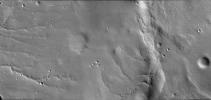
|
|||||

|
2009-11-12 | Mars |
Mars Reconnaissance Orbiter (MRO) |
HiRISE |
2048x4476x1 |
|
|
|||||

|
2000-02-11 | Masursky |
Cassini-Huygens |
ISS - Narrow Angle |
220x220x1 |
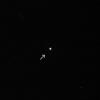
|
|||||

|
1996-09-19 | Mercury |
Mariner Venus Mercury (Mariner 10) |
9999x4000x1 | |
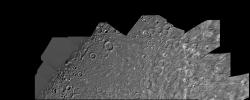
|
|||||

|
1996-09-23 | Mercury |
Mariner Venus Mercury (Mariner 10) |
9999x4000x1 | |
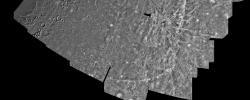
|
|||||

|
1996-09-23 | Mercury |
Mariner Venus Mercury (Mariner 10) |
7200x5000x1 | |
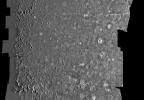
|
|||||

|
1999-06-12 | Mercury |
Mariner Venus Mercury (Mariner 10) |
2599x4878x1 | |

|
|||||

|
2008-01-15 | Mercury |
MESSENGER |
MDIS - Wide Angle |
1024x1024x1 |
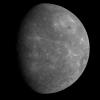
|
|||||

|
2011-10-12 | Mercury |
MESSENGER |
MDIS - Wide Angle |
1020x1024x1 |
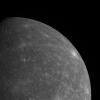
|
|||||

|
2000-01-19 | Mercury |
Mariner Venus Mercury (Mariner 10) |
7200x5000x1 | |
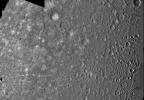
|
|||||

|
2000-01-26 | Mercury |
Mariner Venus Mercury (Mariner 10) |
7200x5000x1 | |
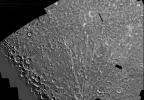
|
|||||

|
2000-02-10 | Mercury |
Mariner Venus Mercury (Mariner 10) |
5990x4162x1 | |
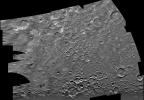
|
|||||

|
2000-04-01 | Mercury |
Mariner Venus Mercury (Mariner 10) |
7200x5000x1 | |
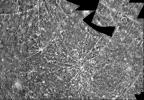
|
|||||

|
1999-10-07 | Mercury |
Mariner Venus Mercury (Mariner 10) |
356x311x1 | |
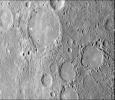
|
|||||

|
1999-10-08 | Mercury |
Mariner Venus Mercury (Mariner 10) |
356x311x1 | |
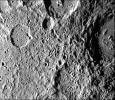
|
|||||

|
1999-10-08 | Mercury |
Mariner Venus Mercury (Mariner 10) |
356x311x1 | |
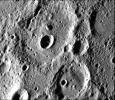
|
|||||

|
1999-10-08 | Mercury |
Mariner Venus Mercury (Mariner 10) |
356x311x1 | |
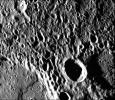
|
|||||

|
1999-10-08 | Mercury |
Mariner Venus Mercury (Mariner 10) |
356x311x1 | |
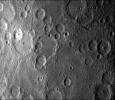
|
|||||

|
1999-10-08 | Mercury |
Mariner Venus Mercury (Mariner 10) |
356x311x1 | |
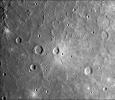
|
|||||

|
1999-10-07 | Mercury |
Mariner Venus Mercury (Mariner 10) |
300x352x1 | |

|
|||||
 |
 |
 |
 |
 |
 |
 |
 |
 |
 |

|
|
| 1-100 | 101-200 | 201-300 | 301-400 | 401-500 | 501-600 | 601-700 | 701-800 | 801-900 | 901-1000 |
| Currently displaying images: 1 - 100 of 1432 |